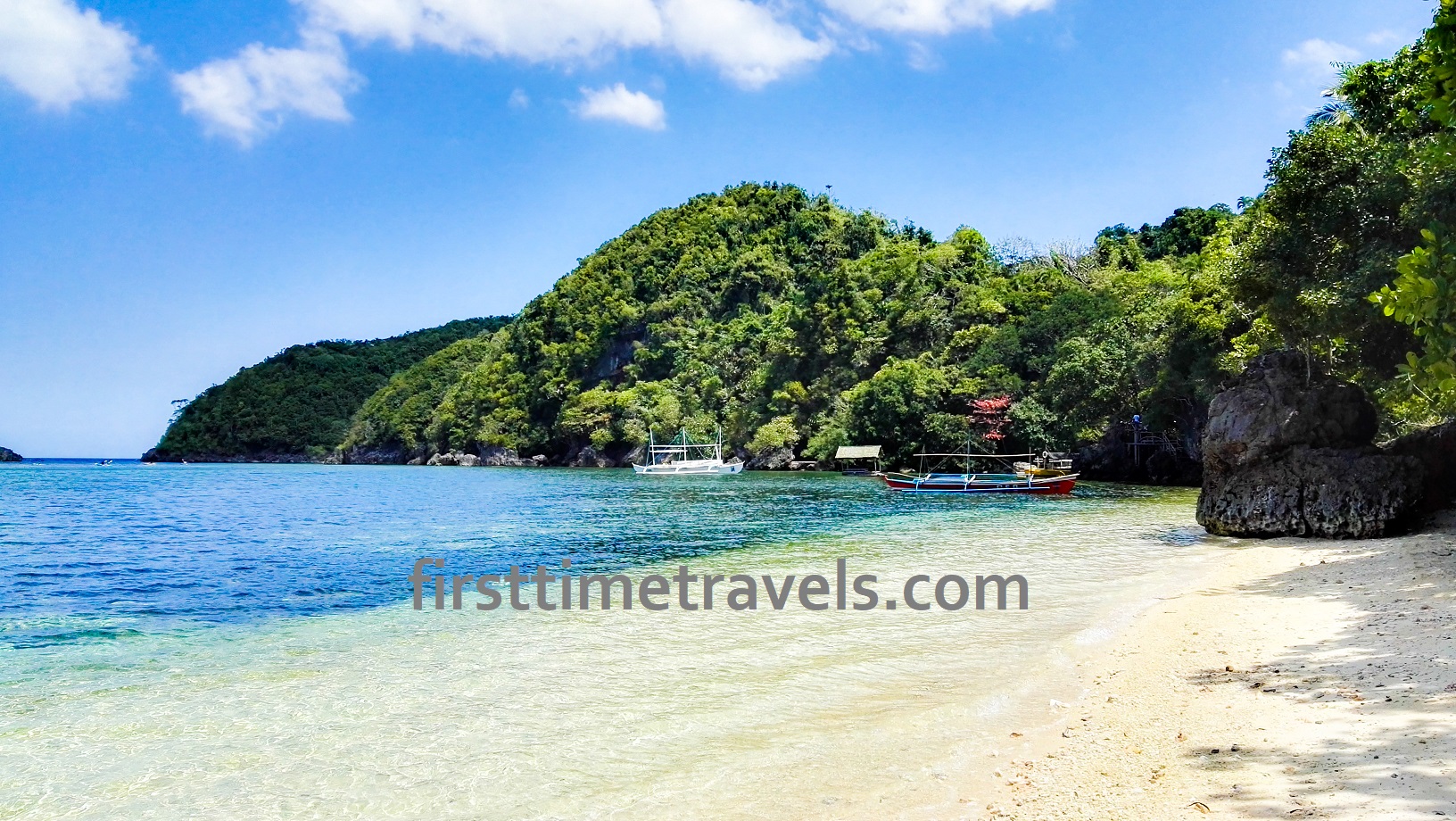First things first. Danjugan Island is not a resort. Let’s get that elephant off the room so we can go straight to describing what this lush beauty is all about. Located in Negros Occidental, Philippines, Danjugan Island has caught the eye of travelers and environmental advocates.
Home to almost a thousand animal species, Danjugan Island is a marine sanctuary and protected area that offers a safe environment for the wildlife. I have set my sights on this island for such a long time. Thanks to the invitation of the Negros Occidental Provincial Tourism Office to join a Panaad sa Negros fam trip, I have finally set foot in Danjugan, along with other fellow bloggers and media.


We made our way to Brgy. Bulata, Cauayan, Negros Occidental where, from the mainland, we took a 15-minute boat ride to the Typhoon Beach. There, we were met by Dave Albao, Executive Director of Philippine Reef & Rainforest Conservation Foundation Inc. (PRRCFI), a non-profit organization that oversees the protection of Danjugan Island. Dave briefed us about the history and the purpose of the island.
While researchers, scientists, environmentalists, concerned citizens and curious individuals can visit this island and explore it themselves, there is a limit to the number of visitors admitted to the island each day. It is most advisable to contact Danjugan Island in advance and make reservations before you plan your trip. The limit is PRRCFI’s way of making sure that humans do not interfere with the natural routine of the wildlife for a low-impact tourism model.


Before we made our hike from Typhoon Beach, located at the northwest portion of the island, to the Learning Center, which is at the southeast part, Tikyo, our local guide, showed us the giant map of the island and oriented us of the different parts of Danjugan Island. The island in itself is 1.5 kilometers in length, with the widest portion at 0.5 kilometers. Interestingly, there are five lagoons on the island, two of which opens to the sea.


We went through two lagoons, a forest area, and a tiny cave full of bats before we arrived at the Learning Center. From there, we took the boat to snorkel off the shore of Typhoon Beach.
Visitors have an option to have a day visit, whether it’s an eco-tour or a day trip, or an overnight stay. Packages are available depending on your preference. Each package allows visitors to contribute to PRRCFI’s Conservation Projects through a conservation fee. Packages are P950, P1,950, P2,950 and P3,950 based on accommodations and activities.




Accommodations
Eco-cabanas at Moray Lagoon Camp
There are five eco-cabanas where visitors can sleep in single mattresses dorm-style, wherein the cabanas can accommodate up to a total of 32 guests. There are shared toilets and showers. While lights are powered by solar energy, there is no available facility to charge gadgets. The good thing is that there is a mobile reception in this part of Danjugan.


Private rooms at Typhoon Beach
There are four mud houses, which can accommodate a total of 16 guests. Each private room has a bath and toilet, lights and fans powered by solar energy, and a private lounge area. It is also here where you can find the Nudibranch Bar. While guests can charge their gadgets here, there is no reception for mobile phones.


What to do
Inland
Those who prefer to stay inland can do some trekking and bird watching. The forest is a great place to learn more about our animal friends where we get to know how to care for them and preserve them.
Sea
If you love the water and the marine life, snorkel to see the fishes and corals in the natural habitat or go deep by scuba diving. You can also enjoy the surface by kayaking or sailing.
Remember that these activities, while they can be for enjoyment, should be done with care and awareness of its possible impact on the environment.


How to get there
By bus – from Bacolod City, take the Ceres bus from the south terminal to Sipalay or Hinoba-an. Get off at the
Crossing Remollos-Quadro de King where you will take the boat to Danjugan Island. Again, it is most advisable to get in touch with Danjugan Island before you take the trip.
Contact
Philippine Reef and Rainforest Conservation Foundation, Inc.
Office address: Door #7, Teresa Building, Mandalagan, Bacolod City 6100, Philippines
Contact Numbers (Business Hours Only): +63 915 234-7145 / +63 908 525-4108 / +63 34 441-6010
Email: [email protected]
Website: http://www.danjuganisland.ph/
Social media: https://www.facebook.com/DanjuganIsland and http://instagram.com/DanjuganIsland

Thank you for a great post about Danjugan Island. I personally love the photos, they are so vibrant and lively.
I’m glad you appreciate it. Thank you.